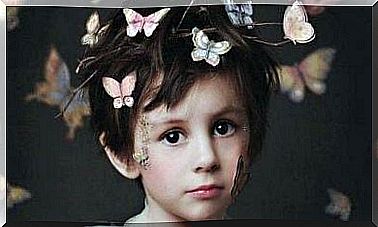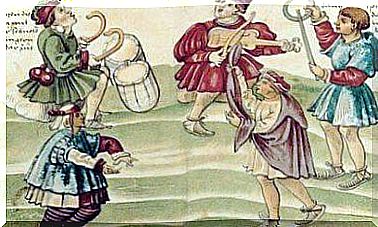Edmonia Lewis, Pioneer Of Her Destiny
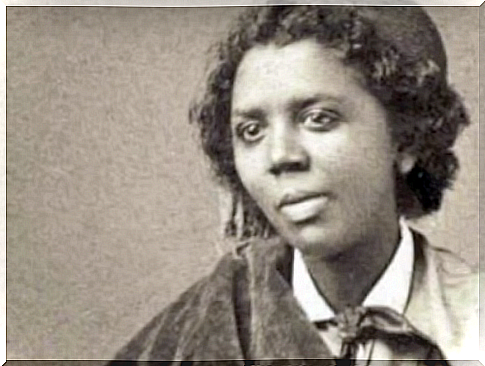
Mary Edmonia Lewis was an American sculptress. However, for most of her career she worked in Rome in Italy. Edmonia Lewis was born in freedom in New York.
She was the first African American woman to achieve international fame. In addition, she was the first African American to be recognized as a sculptor in the world of art.
Many American artists of the nineteenth and twentieth centuries achieved and enjoyed fame in their own country. Edmonia Lewis is one of the few exceptions.
Today we will talk about her life and work. She overcame the obstacles that society placed on her. Against all odds, she also gained worldwide recognition.
The Childhood of Edmonia Lewis
Edmonia Lewis was born a free black woman in Greenbush, New York in 1844. She had a brother who grew rich as an adult through his participation in the gold mines.
Little Edmonia was the daughter of a black servant of a “lord.” Her mother, also a black woman, was of Ojibwa and African descent. (The Ojibwa are one of the largest indigenous peoples in North America along with the Cherokee and Navajo).
At the age of ten Edmonia lost her parents. She later claimed that she was raised by an Ojibwa family near Niagara Falls.
Although Mary Edmonia Lewis had little education, she attended Oberlin College in Ohio. In doing so, she got the support of her successful older brother. From 1860 to 1863 she studied there. She emerged as an exceptionally talented artist.
At the time, the abolitionist movement was active on the Oberlin campus. This thus had a major impact on Edmonia’s subsequent artistic career.
The price of success
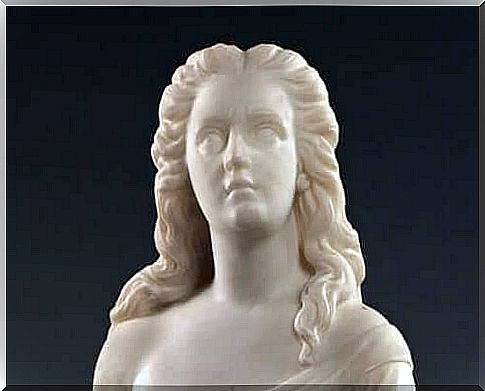
The young woman had to overcome numerous obstacles to become a respected artist. She was falsely accused of attempting to poison two classmates at Oberlin College.
Then she was captured and beaten by a white mob. Lewis recovered from the attack. After the charges against her were dropped, she then moved to Boston.
In Boston, Lewis befriended the abolitionist William Lloyd Garrison and the sculptor Edward A. Brackett. Edward taught Lewis to sculpt. He also helped her promote her own studio.
In the early 1860s Lewis began to receive certain awards for her work. In this way she made a breach in the art world. Her clay and plaster medallions depicting Garrison, John Brown and other abolitionist leaders opened a small door to moderate commercial success.
Then in 1864 Lewis designed a bust of Colonel Robert Shaw. He was a Civil War hero who had died commanding the 54th Massachusetts Volunteer Infantry Regiment. Thanks to this work, she achieved her first significant commercial success.
She made money by selling copies of the bust. That made it possible for her to move to Rome. She decided to move to Rome because it was already home to several American expatriate artists. This included several women who had arrived in this city looking for opportunities.
Her life in Rome
In Italy Lewis continued to work as an artist. Her work dealt primarily with the theme of her African American cultural heritage and secondarily with Catholicism, her religion.
One of her most famous works was Free Forever (1867). It is a sculpture depicting a black man and woman rising from the oppression of slavery. Lewis also made busts of American presidents, including Ulysses S. Grant and Abraham Lincoln.
In The Arrow Maker (1866) we can admire yet another example of the bond with her legacy. The inspiration for this piece was her native origin. The work depicts a father teaching his little daughter how to make an arrow.
One of her most famous works was the depiction of the Egyptian Queen Cleopatra, entitled The Death of Cleopatra. When the piece was exhibited at the Centennial Exposition in Philadelphia in 1876 and two years later in Chicago, it received critical acclaim.
The two-ton sculpture never returned to Italy. The reason was that Lewis could not afford the exorbitant cost of shipping. So she was forced to put it away. Many decades after her death, someone rediscovered it.
The Last Years and Legacy of Edmonia Lewis
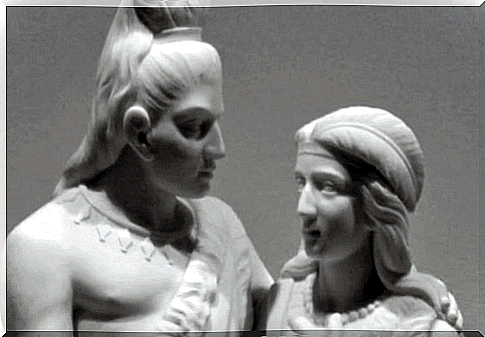
As with her childhood, there is not much information about Edmonia Lewis’s final years. We do know that she continued to exhibit her work until the late 1890s. In addition, we also know that she was visited in Rome by Frederick Douglass and that she never married and had no children. There is little information about the last 10 years of her life.
Some speculate that Lewis spent his last years in Rome. Recently, however, someone discovered her death documents. They show that she died in London in 1907 at the age of 63.
Despite her “status” as a black woman, she still managed to earn praise for her work while she was alive. However, the real recognition came after her death. It was then that the art world finally surrendered to her beautiful works.
In the late twentieth century, the life and work of Edmonia Lewis received posthumous praise. Her work has also been exhibited in many places.
Some of her most famous pieces are now part of the permanent collections of the Smithsonian American Art Museum and the Metropolitan Museum of Art. Some of her works are also exhibited at the Cleveland Museum of Art and the Howard University Gallery of Art.

